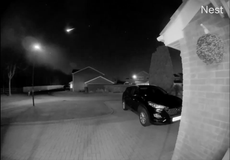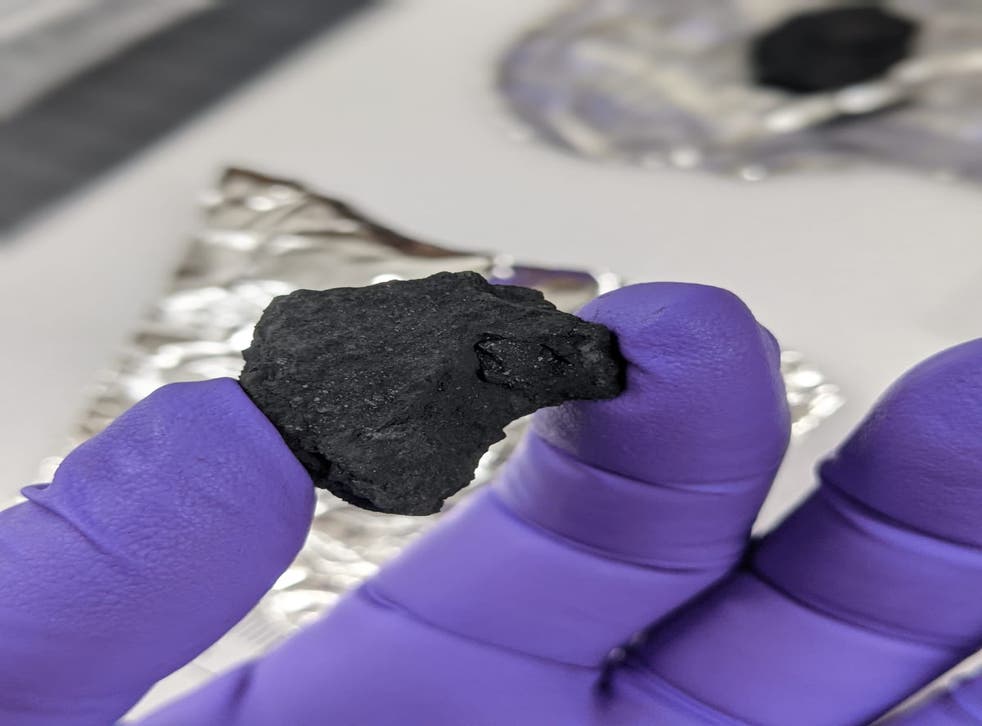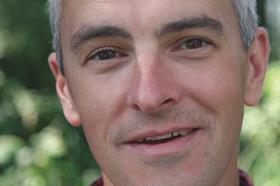 Sister Ann Rose Nu Tawng said she begged the authorities 'not to shoot and torture the children' Handout Myitkyina News Journal/AFP
Sister Ann Rose Nu Tawng said she begged the authorities 'not to shoot and torture the children' Handout Myitkyina News Journal/AFPIssued on: 09/03/2021
Yangon (AFP)
Kneeling before them in the dust of a northern Myanmar city, Sister Ann Rose Nu Tawng begged a group of heavily armed police officers to spare "the children" and take her life instead.
The image of the Catholic nun in a simple white habit, her hands spread, pleading with the forces of the country's new junta as they prepared to crack down on a protest, has gone viral and won her praise in the majority-Buddhist country.
"I knelt down... begging them not to shoot and torture the children, but to shoot me and kill me instead," she told AFP on Tuesday.
Her act of bravery in the city of Myitkyina on Monday came as Myanmar struggles with the chaotic aftermath of the military's February 1 ouster of civilian leader Aung San Suu Kyi.
As protests demanding the return of democracy have rolled on, the junta has steadily escalated its use of force, using tear gas, water cannon, rubber bullets, and live rounds.
Protesters took to the streets of Myitkyina, the capital of Kachin state, on Monday wearing hard hats and carrying homemade shields.
As police started massing around them, Sister Ann Rose Nu Tawng and two other nuns pleaded with them to leave.
"The police were chasing to arrest them and I was worried for the children," she said.
It was at that point that the 45-year-old nun fell to her knees.
Moments later, as she was begging for restraint, the police started firing into the crowd of protesters behind her.
"The children panicked and ran to the front... I couldn't do anything but I was praying for God to save and help the children," she said.
First she saw a man shot in the head fall dead in front of her -- then she felt the sting of tear gas.
"I felt like the world was crashing," she said.
"I'm very sad it happened as I was begging them."
A local rescue team confirmed to AFP that two men were shot dead on the spot during Monday's clash, though it did not confirm whether live rounds or rubber bullets were used.
On Tuesday, one of the deceased, Zin Min Htet, was laid in a glass casket and transported on a golden hearse covered in white and red flowers.
Mourners raised three fingers in a symbol of resistance, as a musical ensemble of brass instrument players, drummers and a bagpiper in crisp white uniforms led the funeral procession.
- 'All Myanmar is grieving' -
Kachin, Myanmar's northernmost state, is home to the Kachin ethnic group, and the site of a years-long conflict between ethnic armed groups and the military.
Tens of thousands have fled their homes to displacement camps across the state -- and among the organisations aiding them have been Christian groups.
Monday was not Sister Ann Rose Nu Tawng's first encounter with the security forces -- on February 28 she made a similar plea for mercy, walking slowly towards police in riot gear, getting on her knees and pleading for them to stop.
"I have thought myself dead already since February 28," she said of the day she made the decision to stand up to the armed police.
On Monday, she was joined by her fellow sisters and the local bishop, who surrounded her as she pleaded for mercy for the protesters.
"We were there to protect our sister and our people because she had her life at risk," Sister Mary John Paul told AFP.
The city has seen frequent crackdowns from authorities since the coup, including a violent dispersal of peaceful teachers last month that sent several into hiding.
So far, more than 60 people have been killed in anti-coup demonstrations around the country, according to the Assistance Association for Political Prisoners monitoring group.
Fear runs deep for Sister Ann Rose Nu Tawng, but she said she must be brave and will continue to stand up for "the children".
"I can't stand and watch without doing anything, seeing what's happening in front of my eyes while all Myanmar is grieving," she said.
© 2021 AFP



 The report highlights the health impact of French nuclear tests on local populations - AFP
The report highlights the health impact of French nuclear tests on local populations - AFP/https://public-media.si-cdn.com/filer/82/b7/82b73226-32e6-4ec6-a672-f8a5b0ec7f0c/atomic_cloud_during_-able_day-_blast_at_bikini_first_picture_of_atomic_shock_wave_-_nara_-_520713.jpg)









